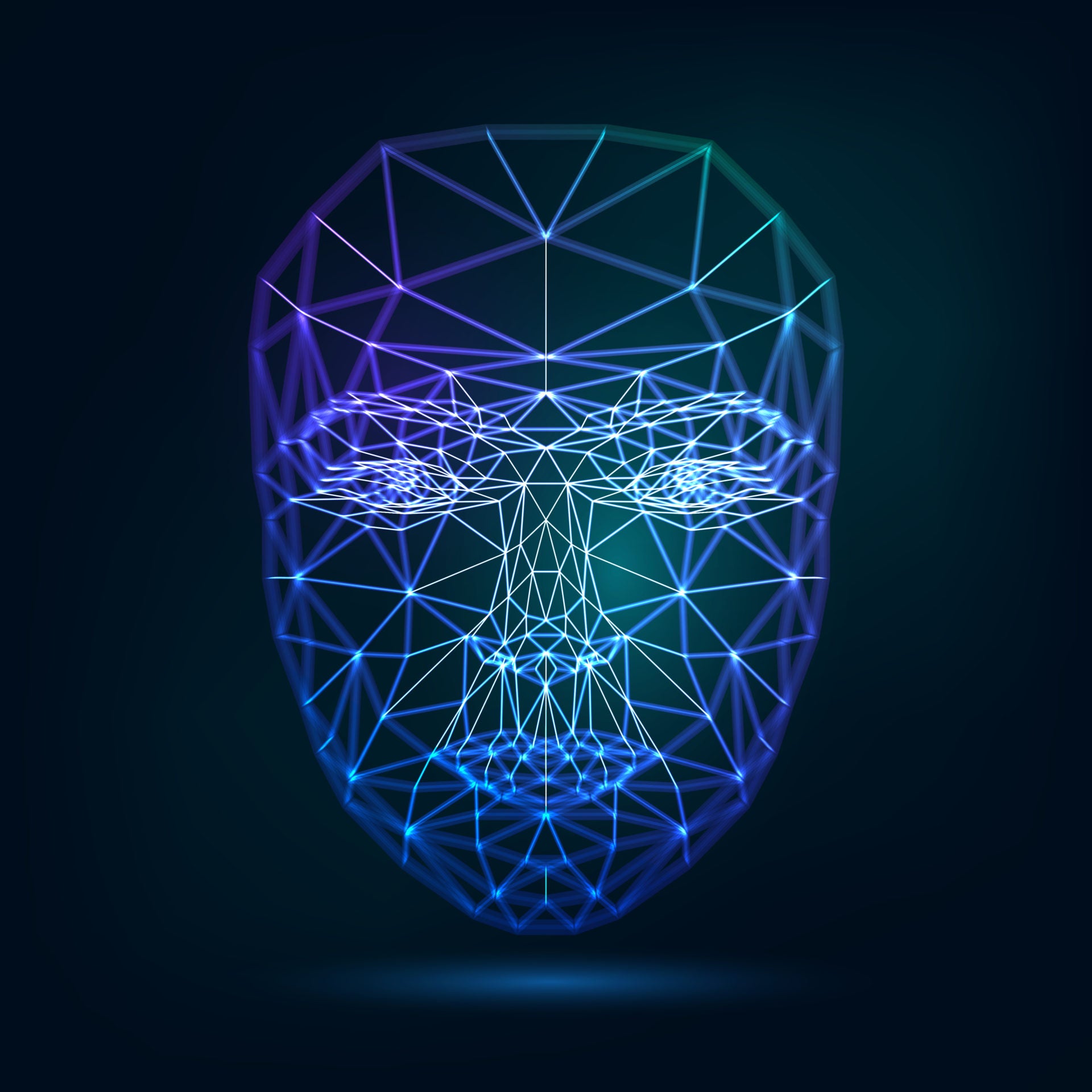Video analytics has been a hot topic for the past few years, but only recently have we seen larger-scale deployments in the public safety sphere. Government spend on these technologies is set to increase in the coming years and plenty of vendors are readying their portfolios to meet this demand. While there is a wealth of small players specialising in this field, Nokia has developed its Scene Analytics platform and Motorola Solutions purchased AI-based video analytics company Avigilon in March 2018. Both these vendors have seen some significant return on these investments with Nokia launching its Scene Analytics service in Belgium through partner security company partner Room40.
Meanwhile, Motorola Solutions has a host of wins for its Aviligon service across public safety, logistics and education, including the New Bedford Housing Authority in the US, Express Cargo in Ireland and Copenhagen Business School in Denmark.
Agnostic and cloud-based
These video analytics solutions are largely network and IP camera brand agnostic and tie in into wider software platforms with command and control ability.
The software is also available via a cloud deployment. The ability to integrate the AI platform with any IP camera vastly expands the potential of a video monitoring network and the deploying via the cloud allows for high scalability. These platforms offer powerful tools like object identification and tracking, facial recognition, search functions, and motion detection. This push towards software and cloud-based tools and services from traditionally critical communications focused companies reflects wider trends in the communications industry as a whole. Hardware’s share of industry revenues will continue to decline as cloud-based software services deliver more value in a communications solution, and services become increasingly hardware agnostic.
The drive for digital
Video analytics will be a powerful tool for many government organisations going forward. Police organisations now have the ability to rapidly identify criminals, missing persons, or stolen vehicles as they travel across connected camera networks. The ability to connect any IP-based camera is essential to improving the scalability and effectiveness of these systems. However, many public safety organisations still rely on radio networks for communications, which are largely based on legacy LMR solutions. While some of these systems are capable of basic data transmission, typically maximum throughput is well less than 1Mpbs, insufficient to support live video transmission. Cloud-based, AI software platforms are decidedly not legacy. In order to most quickly and effectively communicate insights from video analytics systems to field workers, radio and data networks need to be integrated. Further, field equipment needs to be able to access data networks that link back to the cloud-based analytics platforms.
What’s next
While advanced video analytics is here today, in many cases the underlying infrastructure to support it is not. Public safety and other organisations relying on mission-critical communications have to go through the arduous task of updating their legacy systems to be able to incorporate broadband technologies. While there are numerous problems with public mobile networks, such as reliability as well as security and privacy concerns, they offer bandwidth capabilities beyond traditional LMR at a lesser cost. Further devices in the field should be upgraded to include cameras to take full advantage of video analytics capabilities. Meanwhile, while organisations undergo the difficult journey of digital transformation, vendors should offer solutions that can bridge the gap between legacy and digital. Vendors who can offer interoperability between LMR radio systems used for quick voice communicators and digital systems for video and other broadband-based services as well as devices with both radio and broadband capability will be the best positioned to also sell video analytics services.

US Tariffs are shifting - will you react or anticipate?
Don’t let policy changes catch you off guard. Stay proactive with real-time data and expert analysis.
By GlobalDataSecurity and privacy concerns
As a rather important aside, when speaking on video analytics capabilities, security and privacy are an important concern. Strict policy around user access, data recording and sharing, and data security needs to be in place both from the vendor side and from an organisational standpoint. The ability to track a person based on facial recognition and correlate that to other data is a powerful tool, that has a high potential for abuse. Government and industry are far from infallible and tools used to keep a population safe can just as easily be used to disenfranchise. It will be a challenge for the vendor community, public safety organisations and governments as a whole going forward on how to respond to the privacy concerns that advance video analytics entails.
“Fight for the Future” – a citizen digital rights advocacy group based in the US – is already petitioning local, state and federal government in the US for the outright ban of government use of facial recognition technology. Going forward video analytics will be under increasing scrutiny and collaboration is needed to get it right.








